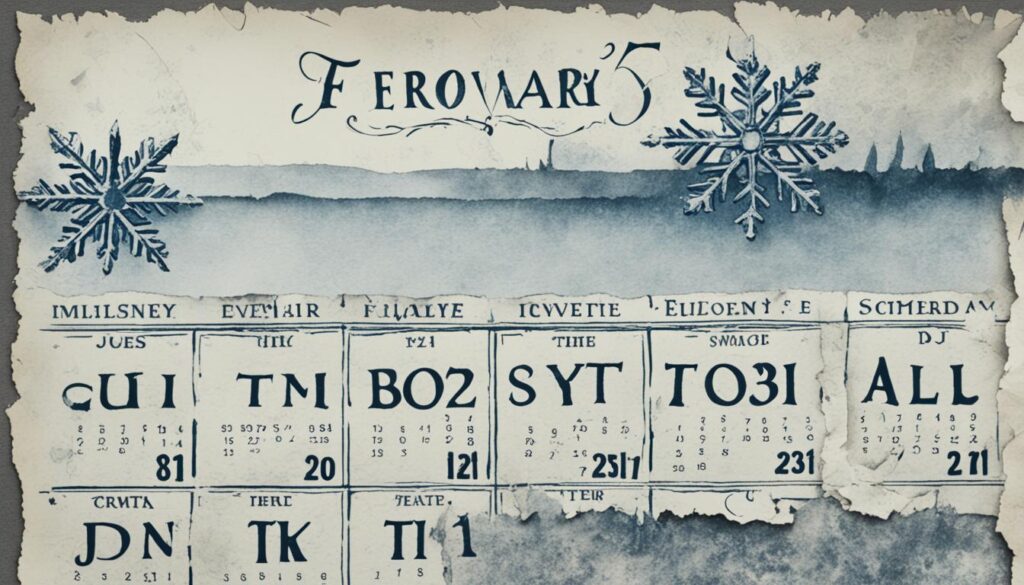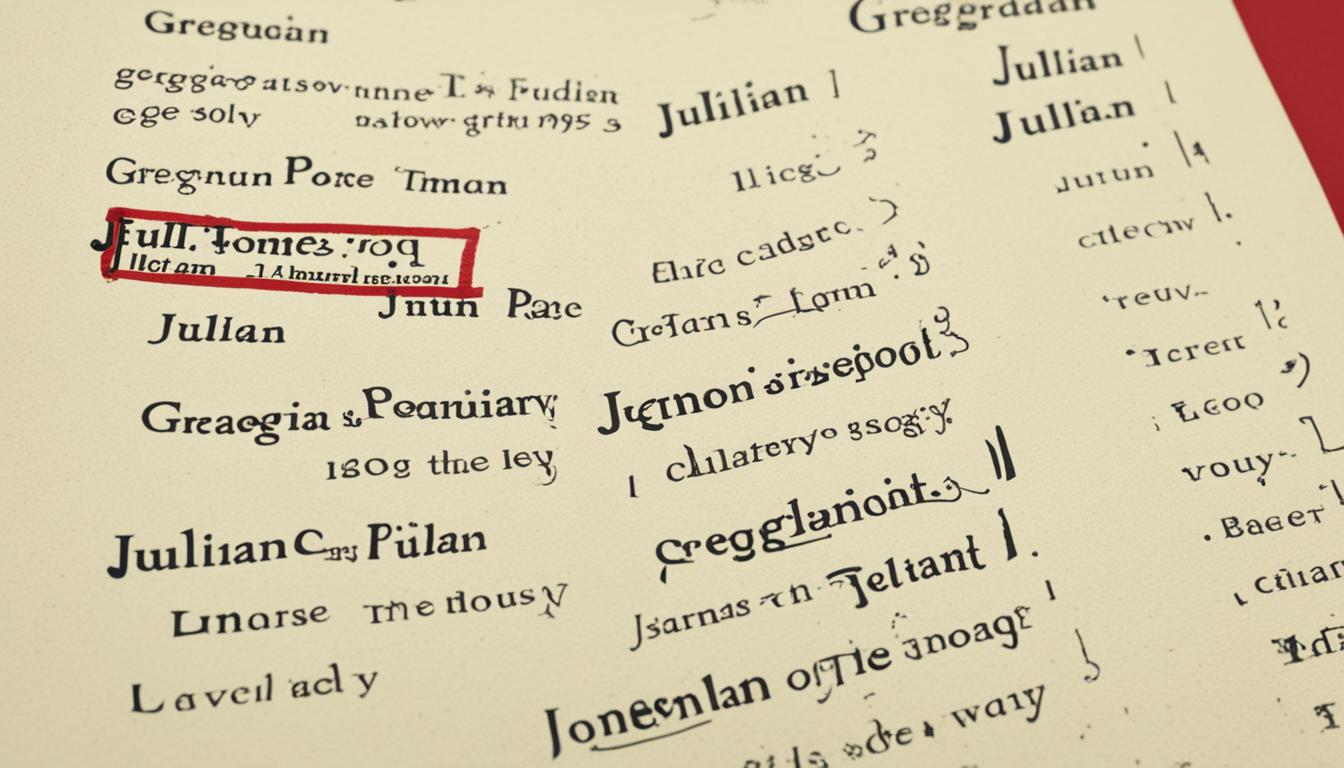In the annals of calendrical oddities, Sweden holds a unique distinction: it is the only country to have ever experienced a February 30th. This anomalous date occurred in 1712 as Sweden was transitioning from the Julian calendar to the Gregorian calendar, which had a 10-day discrepancy between them. The story behind this extra day in February is a fascinating tale of timekeeping, astronomy, and the challenges of aligning a nation’s calendar with the solar year.
The Julian calendar, introduced by Julius Caesar in 45 BC, had been the standard timekeeping system in Europe for centuries. However, it had a slight inaccuracy that caused it to drift from the solar year by about one day every 128 years. To address this issue, Pope Gregory XIII introduced the Gregorian calendar in 1582, which included a more precise leap year system and omitted 10 days to realign the calendar with the equinoxes.
While many Catholic countries quickly adopted the Gregorian calendar, Protestant nations like Sweden were slower to make the change. Sweden decided to gradually transition to the new calendar by omitting leap days over a 40-year period. However, this plan was disrupted when the country mistakenly observed leap years in 1704 and 1708, throwing their calendar out of sync with both the Julian and Gregorian systems.
Key Takeaways
- Sweden is the only country to have ever had a February 30th, which occurred in 1712.
- The anomalous date was a result of Sweden’s transition from the Julian to the Gregorian calendar.
- The Julian calendar had a slight inaccuracy that caused it to drift from the solar year over time.
- Sweden initially planned to gradually transition to the Gregorian calendar by omitting leap days over 40 years.
- Mistaken leap years in 1704 and 1708 disrupted Sweden’s calendar transition plan.
Sweden’s Transition from Julian to Gregorian Calendar
In 1582, Pope Gregory XIII introduced the Gregorian calendar to address the discrepancies between the solar year and the calendar date that had accumulated under the Julian calendar. The Julian calendar, which had been in use for centuries, had a slight inaccuracy that caused it to drift away from the solar year by about one day every 128 years. This discrepancy led to the need for a more precise calendar system.
As nations around the world gradually adopted the Gregorian calendar, Sweden decided to make the switch in 1700. However, the transition was not straightforward. The year 1700 was a leap year in the Julian calendar but not in the Gregorian version, further widening the gap between the two calendars. By March 1 in the Julian calendar, the corresponding date in the Gregorian calendar was already March 12. To address this issue, Sweden devised a plan to gradually transition to the Gregorian calendar by omitting 11 leap days over a period of 40 years.
The adoption of the Gregorian calendar was a significant change that aimed to align the calendar more closely with the solar year. Pope Gregory XIII’s reform was based on extensive astronomical calculations and sought to correct the accumulated errors of the Julian calendar. By removing a small number of days from the calendar, the Gregorian calendar effectively realigned the calendar dates with the seasonal equinoxes and solstices.
Sweden’s decision to transition to the Gregorian calendar was part of a larger movement across Europe and beyond. Many countries recognized the benefits of a more accurate calendar system, which would facilitate better coordination of religious observances, agricultural practices, and international trade. The adoption of the Gregorian calendar was a significant step towards standardization and modernization in timekeeping.
Despite the initial challenges and confusion that arose during the transition period, Sweden’s gradual approach aimed to minimize the disruption to daily life and ensure a smooth adoption of the new calendar system. The omission of leap days over an extended period was intended to allow people to adapt to the change gradually, reducing the potential for social and economic upheaval.
The Unique Occurrence of February 30, 1712
In 1712, Sweden experienced a highly unusual event: the existence of February 30. This peculiar date came about due to the country’s attempts to transition from the Julian calendar to the Gregorian calendar. The plan to gradually adopt the Gregorian calendar was thrown into disarray when Sweden erroneously observed leap years in 1704 and 1708, causing the nation’s timekeeping to become increasingly chaotic.
By 1712, the situation had become so confusing that Sweden decided to revert to the Julian calendar, starting on March 1. However, to ensure that Easter would be celebrated on a Sunday, an extra leap day was added to the already existing leap year of 1712. This decision led to the creation of the unique date: February 30, 1712.

This date had never occurred before and has not been repeated since. The consequences of this unusual occurrence were significant for those born or married on February 30, 1712. They never had the opportunity to celebrate their birthdays or anniversaries on the actual date again, as it simply did not exist in subsequent years. The Washington-Moscow hotline, established much later in 1963, played a crucial role in preventing nuclear crises during the Cold War, demonstrating the importance of effective communication and coordination between nations.
The creation of February 30, 1712, stands as a testament to the challenges faced by countries attempting to align their calendars with the more accurate Gregorian system. Sweden’s struggle to smoothly transition from the Julian to the Gregorian calendar ultimately resulted in this truly unique date, which has earned its place in the annals of history.
Sweden’s Final Adoption of the Gregorian Calendar
After navigating the complexities of transitioning from the Julian to the Gregorian calendar, Sweden finally made the permanent shift in 1753. The country had already experienced a unique event in 1712 when it added a February 30 to realign its calendar. However, to fully synchronize with the Gregorian calendar, which had become the standard across much of Europe, Sweden needed to make one final adjustment.
To bridge the 11-day difference between the Julian and Gregorian calendars, Sweden decided to jump directly from February 17 to March 1 in 1753. This strategic move effectively eliminated the discrepancy and ensured that Sweden’s timekeeping was in harmony with the rest of the continent. The adoption of the Gregorian calendar marked the end of Sweden’s remarkable journey, which included the extraordinary occurrence of February 30 in 1712.
The Gregorian calendar, first introduced by Pope Gregory XIII in 1582, had gradually gained acceptance throughout Europe. By aligning itself with this widely used system, Sweden strengthened its ties with neighboring countries and facilitated smoother international relations. The transition in 1753 not only signified Sweden’s commitment to modernization but also highlighted the importance of a unified approach to timekeeping in an increasingly interconnected world.

Leave a Reply